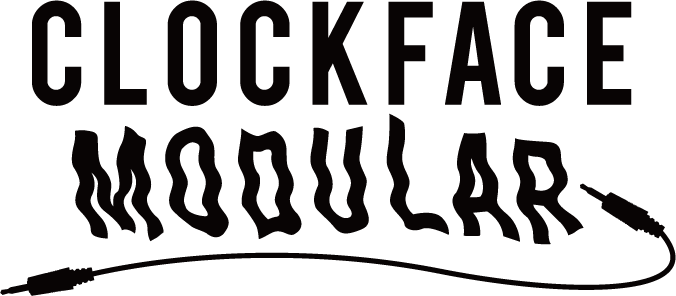
Instruo Cs-L
¥109,900
(税抜 ¥99,909)
Instruoのフラッグシップ・コンプレックスオシレーター!
Format: Eurorack
Width: 26HP
Depth:35mm
Current:200mA@ +12V, 80mA @ -12V
お気に入りに追加 / Add to Wishlist





